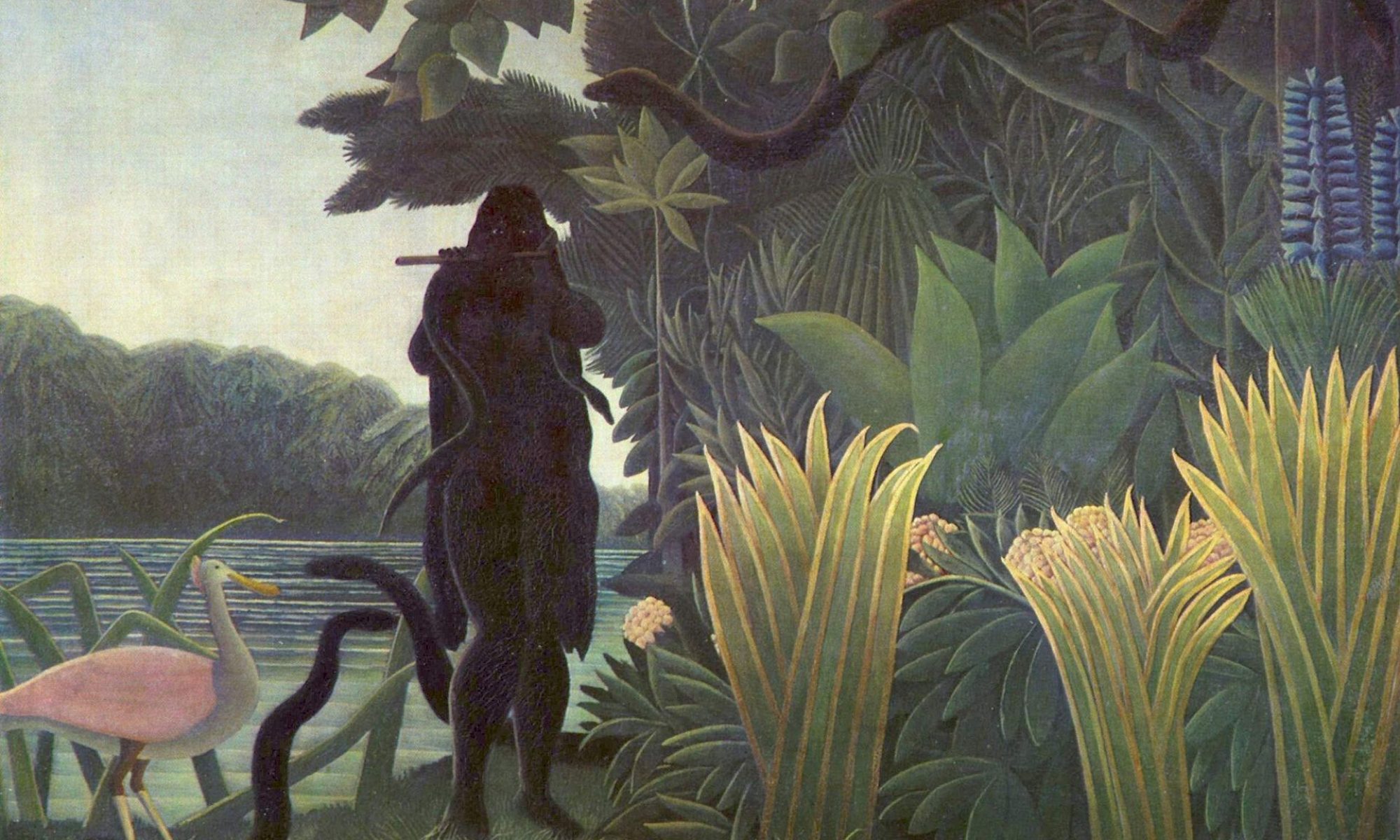
On a beautiful afternoon this past semester, I opened my bedroom window to allow the cool, crisp October air enter my bedroom. Fall is arguably when campus is its prettiest, and as a soon to be graduated alumni, I felt even more compelled to appreciate the natural beauty Ann Arbor offers before I leave. Upon opening my window, I was terrified to find a wasp nest (the picture does not capture how big it actually was) and for seconds thought I was in a nightmare where wasps had begun taking over Ann Arbor. The wasps casually entering and exiting the nest seemed to be amused at my terror, and if they could speak fluent English, I have no doubt they would have said, “This clueless idiot JUST discovered us perched in his room. What a moron.”
How long had this been here? Were there more in my room? Was I a part of some diabolical plot whereby the wasps sought to take over my house? Did they watch me sleep? These were just a few of my immediate thoughts. And in the most quintessential U-Michigan student housing way possible, the only remedy Bartonbrook properties offered was ten seconds of poison spray and advised to “see what happens” (Bartonbrook is currently battling multiple law suits by former students). Now, in order to make sense of this past traumatic event, I present you an illustrated biographical picture of this insect. Will I be more terrified of them after writing this? Maybe. But as they say: keep your friends close and your enemies closer.
The Common Wasp, scientifically categorized as Vespula Vulgaris, for better or for worse, is the terminator of the insect kingdom. By this I mean their only true contribution to the ecosystem is eating/killing things, and devising ways to build more colonies in every corner they can, SO THAT THEY CAN CONTINUE EATING/KILLING at a more efficient rate. Now, I do not mean to disparage these creatures. Wasps serve a similar necessity to that of spiders in that they keep the ecological food chain balanced. Without wasps, there would likely be a population boom in just about every kind of fly, caterpillars, termites, ants, etc. that routinely feed on vegetation. The biodiversity of plants that exist on our earth is, I begrudgingly admit, largely due to wasps. Of course this facet of them also presents a double-edged sword. Beekeepers around the world complain how bee populations are susceptible to spikes in wasps populations, and that wasps love to prey on bee farms. So while they contribute to biodiversity in some ways, they pose a grave threat in others. Diehard defenders of wasps, a strange populous of people I can only assume, usually fireback at this attack by saying wasps often play similar roles that bees do, as they often transport pollen across flowers inadvertently.
The means by which wasps construct their nests is genuinely fascinating, and sort of bizarre. Largely led by the queen wasp, they fly around and bite of small pieces of wood off anything they can find. They then swash the wood around in their mouth and combine it with their saliva to create a sticky substance that eventually culminates into a full-on insect version of the Death-star. So when you see a wasp nest, your enlightened brain will now think, “Wow! A bunch of backwashed wood combined with wasp spit! How cool!” A huge nest (think of the giant ones that swing from trees all around Ann Arbor) typically take 4-8 weeks to complete and will contain thousands of growing larvae. Based on this timeline, I would estimate the one in my window probably took 2-3 weeks, but who knows. I try not to think about these things.
Like all of life on our planet, the common wasp is kind of scary, but also kind of cool, and sort of weird. They have a pain sting index rating double that of ants, try to build homes anywhere they can like a caffeine’d up south Florida realtor, and simultaneously damage/preserve the biodiversity of the world. After typing this I do not know whether my trauma is resolved or if I got the answers I necessarily wanted to hear, but I feel for them. They only can live up to twenty or so days. I would be a little crazy if that were my lifespan too.
Other Species: Sylvilagus floridanus (Eastern Cottontail Rabbit), Rosa (Rose)
